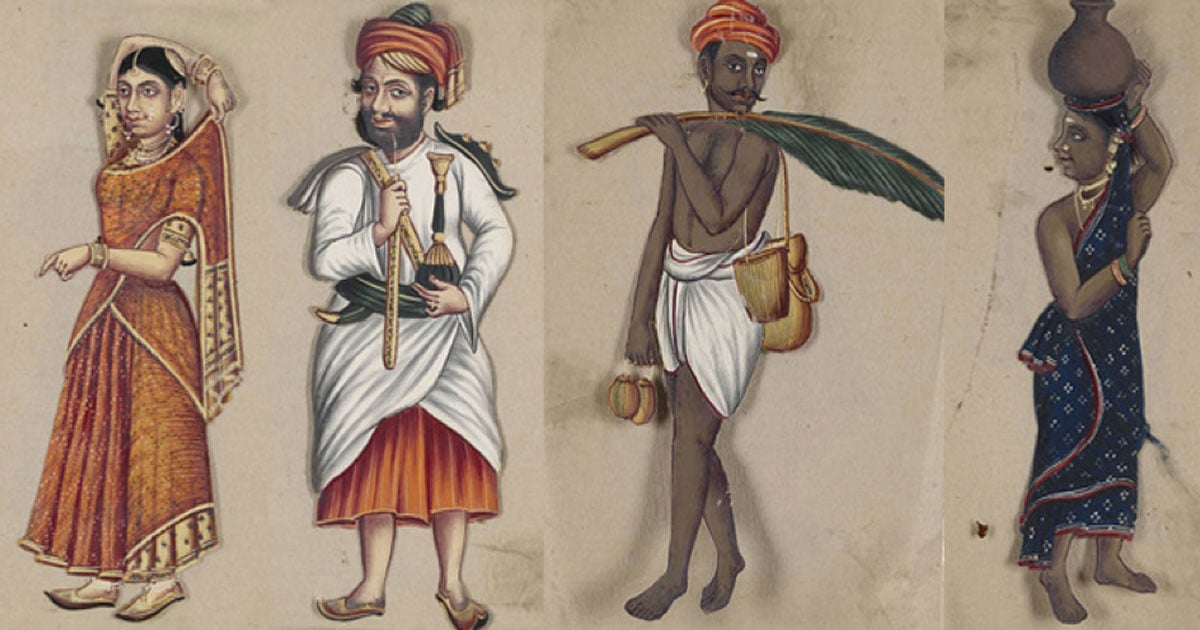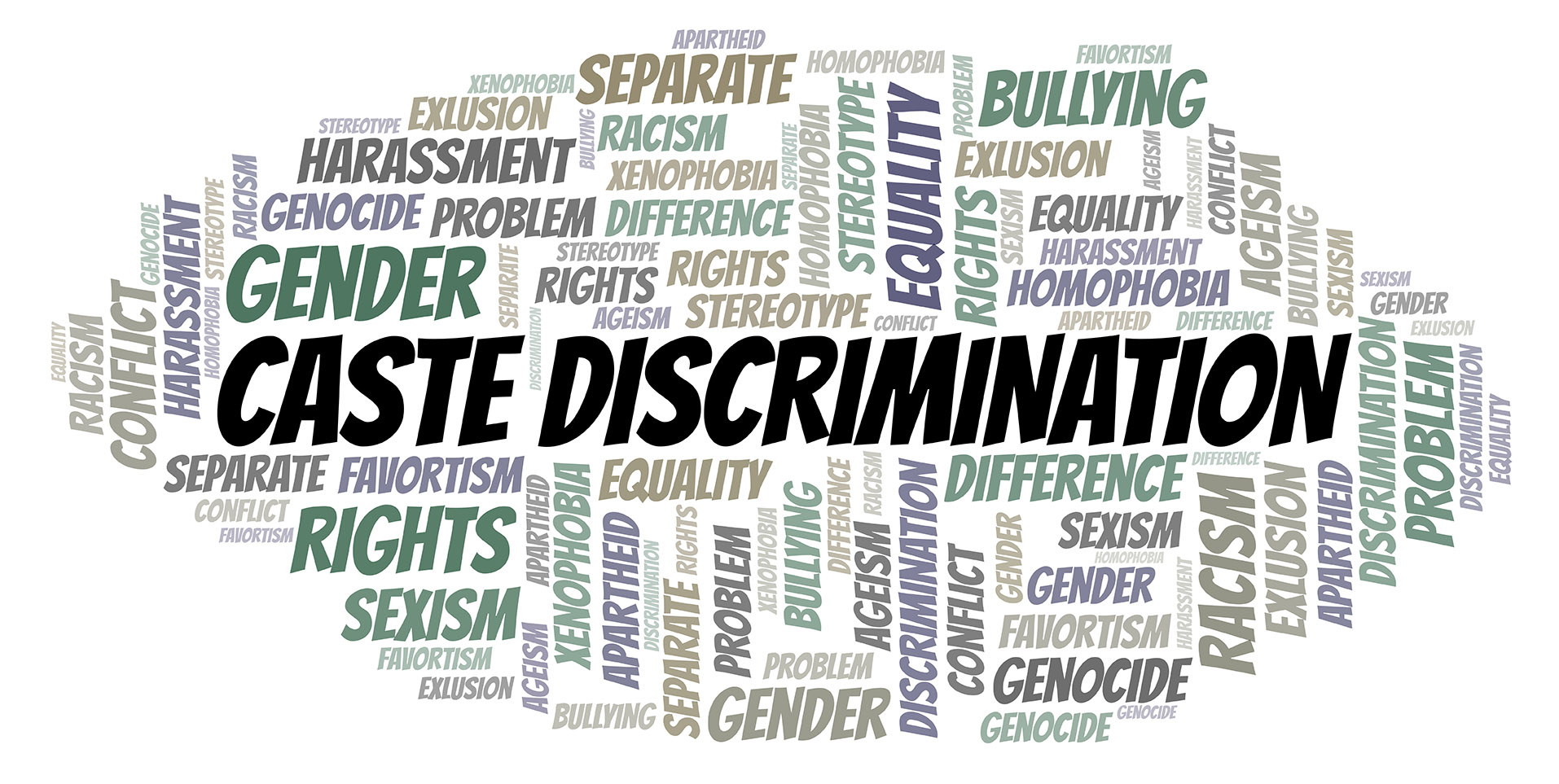CASTE SYSTEM
Research has always defined India to have a complex and conflicting culture considering its one of the most ethnically and religiously diverse countries in the world.
Indian citizens are divided into various ethnic, religious, caste, linguistic and regional groups.
India's caste system is among the world's oldest forms of surviving social stratification.
This system divides Hindus into rigid hierarchical groups based on their karma (work) and dharma (the Hindi word for religion, but here it means duty)

How did caste come about?
ü Manusmriti, widely regarded to be the most important and authoritative book on Hindu law and dating back to at least 1,000 years before Christ was born, "acknowledges and justifies the caste system as the basis of order and regularity of society".
ü The caste system divides Hindus into four main categories - Brahmins, Kshatriyas, Vaishyas and the Shudras. Many believe that the groups originated from Brahma, the Hindu God of creation.
ü At the top of the hierarchy were the Brahmins who were mainly teachers and intellectuals and are believed to have come from Brahma's head.
ü Then came the Kshatriyas, or the warriors and rulers, supposedly from his arms.
ü The third slot went to the Vaishyas, or the traders, who were created from his thighs.
ü At the bottom of the heap were the Shudras, who came from Brahma's feet and did all the menial jobs.

How does caste work?
ü Caste has dictated almost every aspect of Hindu religious and social life.
ü Rural communities have long been arranged on the basis of castes - the upper and lower castes almost always lived in segregated colonies, the water wells were not shared, Brahmins would not accept food or drink from the Shudras, and one could marry only within one's caste.
ü The system bestowed many privileges on the upper castes while sanctioning repression of the lower castes by privileged groups.
ü Often criticized for being unjust and regressive, it remained virtually unchanged for centuries, trapping people into fixed social orders from which it was impossible to escape.
ü Despite the obstacles, however, some Dalit’s and other low-caste Indians, such as BR Ambedkar who authored the Indian constitution, and KR Narayanan who became the nation's first Dalit president, have risen to hold prestigious positions in the country.
ü Historians, though, say that until the 18th Century, the formal distinctions of caste were of limited importance to Indians, social identities were much more flexible and people could move easily from one caste to another.
Comments
Post a Comment